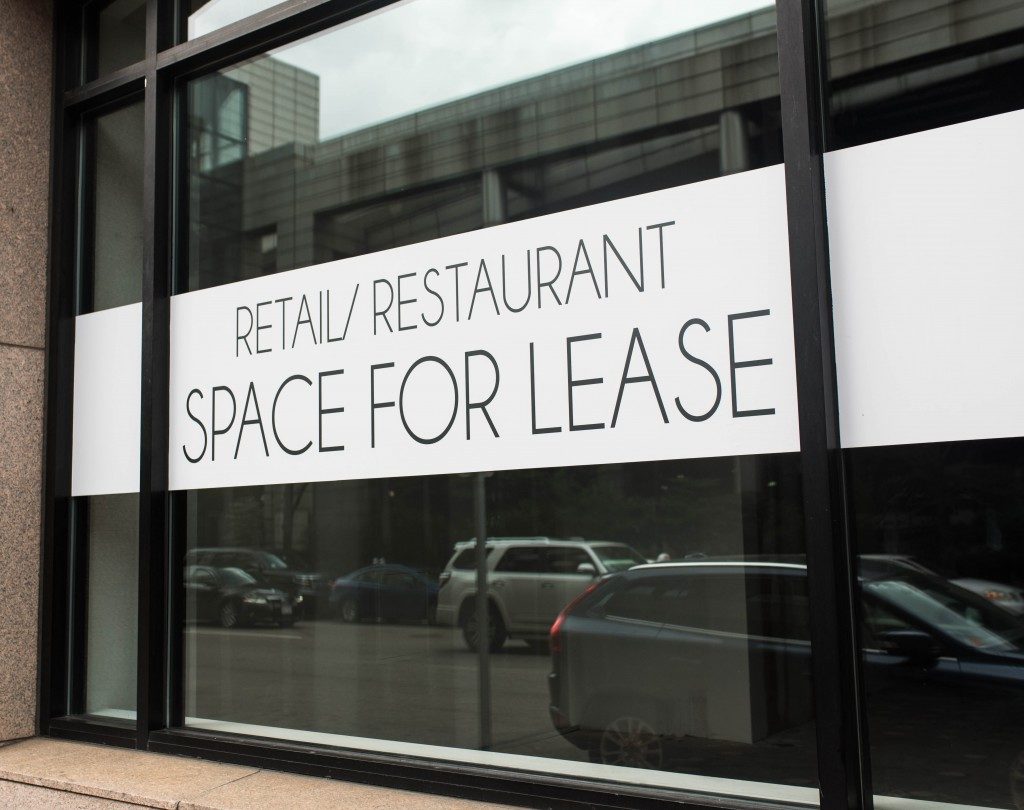
A sound investment in the current economic climate, commercial real estate investment takes more than just location to guarantee long-term gains. Commercial developments should adapt to the evolving needs of businesses and consumers to quickly fill up tenant slots and maximise expected returns.
Although investing in real estate continues to be an attractive proposition for many people, the investments strategies are changing. When investors once focused largely on multifamily residential real estate, they now incorporate commercial and mixed-use real estate into portfolios. Incorporating commercial real estate into portfolios isn’t just based on tried and true measures, however.
Much like multifamily residential properties, commercial real estate provides not only a means to build value to one’s investments but also provides a source of passive income cash flow through rents. To maximise occupancy, investors should focus on catering to the needs and demands of today’s businesses and consumers. The changing face of business, retail, and residential preferences will all play a role in deciding the real estate investments of tomorrow.
Shifting trends in urbanisation are favouring denser residential and mixed-use developments built alongside commercial areas, which offer their unique challenges to the developer. Real estate investors and commercial construction and development companies alike should position themselves to meet these new needs and expectations from the public.
Lasting Trends

The intelligent real estate investor, meanwhile, isn’t just concerned with hopping on bandwagons. After all, today’s faddish trends may become tomorrow’s dated set piece. What investors and developers should look at, however, are observable long-term trends that reflect a growing change in the way people do things. Trends that reflect a practical move on the part of the target market, for instance, would be sustainable in the long term and immensely profitable for early adopters who capitalise on it.
The shifts in the commercial real estate market are more than just fads. They represent a paradigm shift found across the globe that are responding to the changing nature of work and play. A few of these trends include the rise of the gig economy. With more start-up ventures relying on freelancers who do not always travel to their place of work, their needs would need to be accounted for when planning new real estate developments. Co-working spaces—office spaces for people who do much of their work in the cloud instead of a fixed office—represents a big opportunity for commercial developers, attracting many gig economy workers in the absence of full companies.
Mixed-Use Development
Today’s young labour force has a strong preference for living and shopping close to where they work. They not only choose public transportation over car dependence but also prefer to do much of their shopping on foot. Urban properties that have been refurbished into mixed-use developments or built near offices and buildings will be in demand. This opens new opportunities for land developers and investors who want to create a diverse income stream for their properties.
A move toward mixed-use commercial developments, in addition, can eliminate many of the issues surrounding the so-called retail apocalypse experienced worldwide. A mixed-use development that has a captive audience of residents and workers likely to patronise businesses in their building. This provides a competitive advantage for mixed-use developments, who do not need to attract as many outside customers to flourish in the age of e-commerce.
Multilevel mixed-use developments also have the advantage of conserving space, which maximises the returns gained from each property. A single building in a single lot that has multiple units rented out generates much more income in the same amount of land, all while reducing the amount of maintenance that the business would need to spend.

